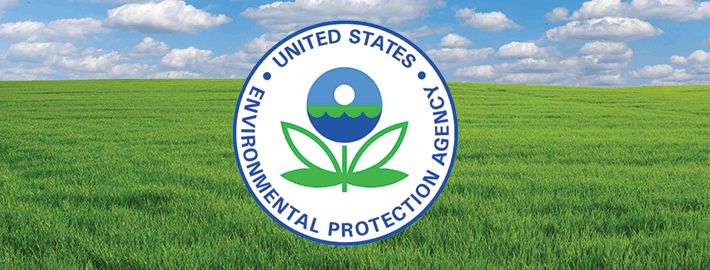Nearly 50 percent of Tribal homes on Tribal lands lack access to reliable water sources, compared to 1 percent of U.S. homes overall. Tribal Nations operate in a complex, oft misunderstood and sometimes ignored jurisdictional landscape through which drinking water is funded, provided, and regulated. Federal data collection, data publication, and subsequent research frequently fails to capture the political realities in which Tribal Nations operate. As a result, statistics, recommendations, and policy papers fail to capture the unique challenges that Tribes face in accessing drinking water, and the unique levers that Tribes have to address these challenges.
Just as the federal government has a trust responsibility to provide sanitation and drinking water to Tribes, the federal government has a trust responsibility to provide Tribes with relevant data and analysis tools that are useful, accurate, and consistent with Tribal data sovereignty.
With this in mind, we asked: what Tribal drinking water data is publicly available, how is it collected, how is it published, and what are the implications for Tribal data? Join us to learn more about our investigation, analysis and insights.




